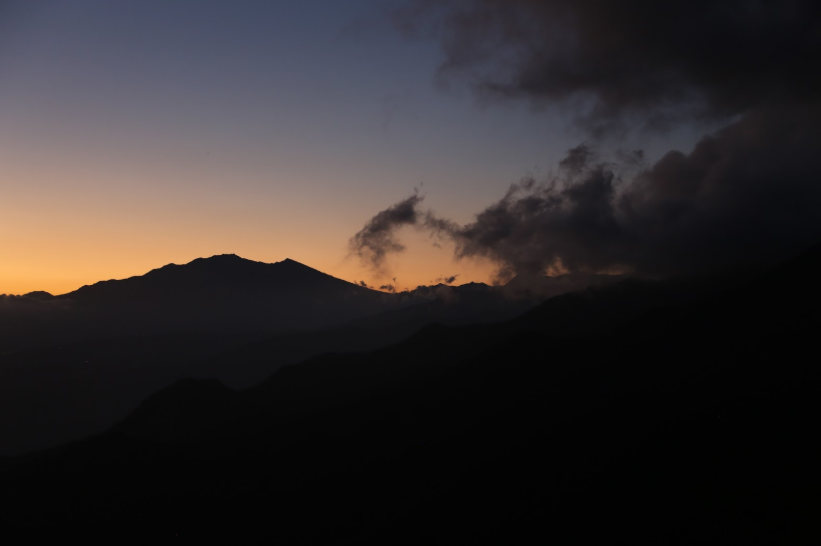Panama is home to a rich diversity of wildlife, including several species of poisonous snakes that inhabit its lush landscapes. Among the most notable regions for snake sightings are Chiriquí and Bocas del Toro provinces. The rugged terrain and dense rainforests provide ideal habitats for these reptiles, which play a crucial role in the ecosystem. Many of these snakes are adept at camouflage, making it easy for them to go unnoticed by hikers and nature enthusiasts, despite the likelihood that one may have walked past them without realizing it.
In Chiriquí province, the Fer-de-Lance (Bothrops asper) is one of the most commonly encountered venomous snakes. Known for its aggressive behavior and potent venom, this snake can often be found in both rural and urban settings, blending seamlessly into its environment. Additionally, the Bushmaster (Lachesis muta), which is one of the largest venomous snakes in the world, also resides in the mountainous regions of Chiriquí. Its striking patterns and size make it a fascinating yet potentially dangerous species. Both of these snakes are known to be elusive; they may observe you as you pass by, yet you might not even catch a glimpse of them.
In the neighboring Bocas del Toro province, the Coral Snake (Micrurus spp.) is a colorful but deadly resident. Unlike the more aggressive Fer-de-Lance, Coral Snakes are secretive and tend to stay hidden under leaf litter or in burrows. Their vibrant coloration serves as a warning to potential predators, but for hikers, it can serve as a reminder of the unseen dangers lurking nearby. The chance of encountering these snakes increases significantly as one ventures deeper into the tropical forests, where they often go unnoticed due to their excellent camouflage and reclusive nature.
As you explore the stunning landscapes of Panama, it's essential to remain vigilant and respectful of the wildlife that shares these spaces. While poisonous snakes like the Fer-de-Lance, Bushmaster, and Coral Snake are rarely aggressive unless provoked, the simple act of being aware can help ensure a safe experience. Remember, these snakes may see you long before you see them, so staying on marked trails and making noise can help prevent unexpected encounters. Ultimately, understanding and appreciating these remarkable creatures is key to coexisting with them in their natural habitat.

